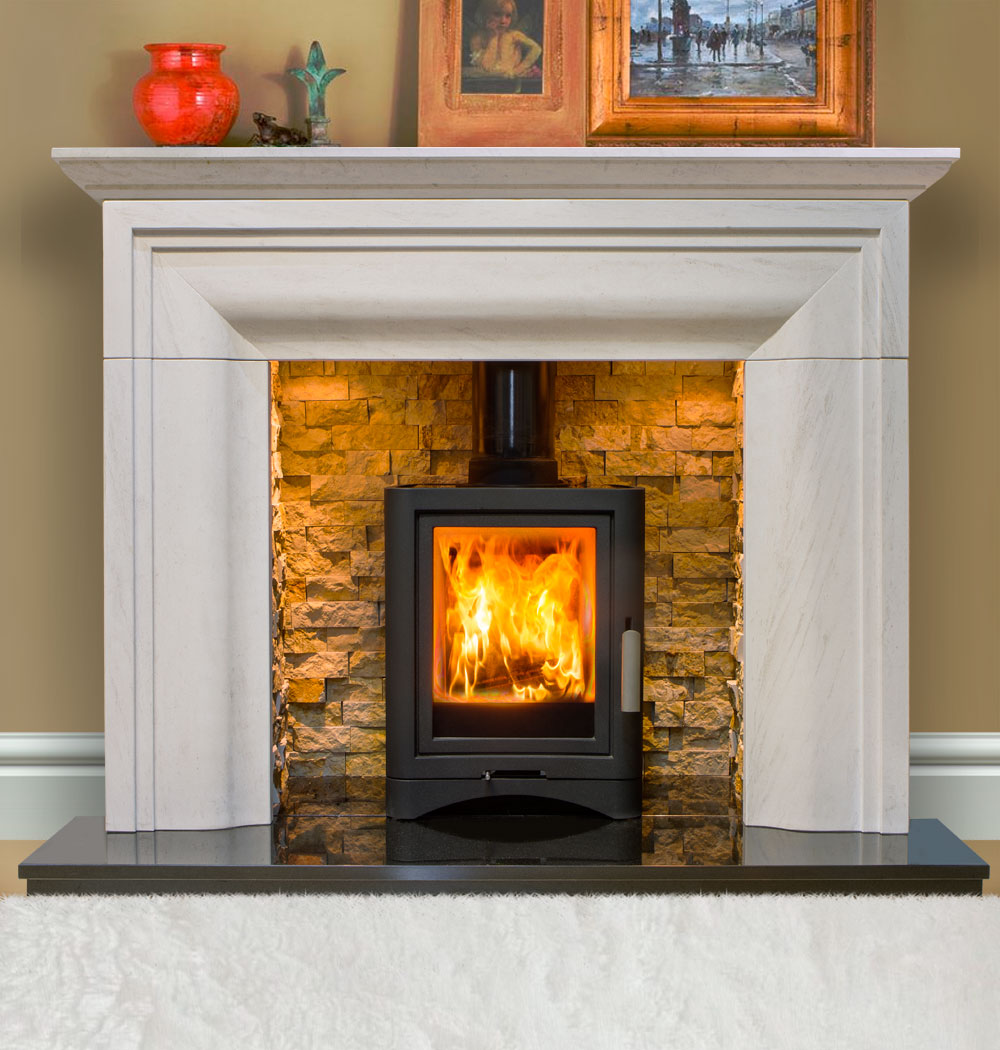Eco-friendly stoves

Eco-efficient fireplace stoves, also known as environmentally pleasant or energy-efficient fire inserts or stoves, are designed to supply environment friendly heating while minimizing environmental influence. These stoves aim to reduce vitality consumption, emissions, and waste, making them a fantastic option for each heat and sustainability. Here are some features and issues for eco-efficient hearth stoves:
High Efficiency: Look for fireplace stoves with high effectivity scores. This signifies how successfully the range converts gas (such as wooden, pellets, or gas) into usable heat. Higher effectivity means less waste and fewer emissions.
Clean-Burning Technology: Modern eco-efficient hearth stoves incorporate superior combustion expertise to make sure a cleaner burn. This reduces particulate emissions and helps protect indoor and outside air high quality.
Emission Standards: Check if the fireplace range meets relevant emission standards and regulations. Many nations have tips in place to make sure that wood-burning home equipment produce minimal air pollution.
Secondary Combustion: Some hearth stoves use secondary combustion chambers to additional burn and cut back emissions from the smoke produced through the preliminary burning process.
Catalytic Converters: Certain wood-burning hearth stoves come with catalytic converters, which help burn off extra particulates and pollution from the smoke before they're released into the ambiance.
Find out more Stoves: Pellet stoves burn compressed wood pellets and are recognized for their efficiency and clear combustion. Pellets are created from wooden waste, making them a sustainable gas supply.
Gas Fireplace Inserts: Gas fire inserts are a cleaner-burning alternative to conventional wood-burning stoves. They use natural gas or propane and may be operated with high effectivity and convenience.
Thermostatic Controls: Look for fireplace stoves with thermostatic controls that let you regulate the heat output. This prevents overheating and optimizes vitality usage.
Programmable Timers: Some eco-efficient hearth stoves have programmable timers, permitting you to set specific heating schedules. This may help save energy whenever you're not at house.
Zone Heating: Consider the situation of the hearth range in your home. By strategically placing the range in generally used areas, you probably can practice zone heating and reduce the need for central heating.
Maintenance and Cleaning: Regular upkeep is important to maintain the stove working effectively. Clean the stove, chimney, and vents regularly to stop buildup and ensure optimum efficiency.

Energy Design pickering : Look for hearth stoves with certifications from reputable organizations, such as the Environmental Protection Agency (EPA) within the United States or equal businesses in different countries. These certifications validate the range's effectivity and emissions performance.
When selecting an eco-efficient fireplace stove, consider your heating needs, the type of fuel you like, and the particular options that align along with your sustainability goals. Consulting with experts and researching different fashions will help you discover one of the best fire range on your residence and lifestyle.
Was this response better or worse?
